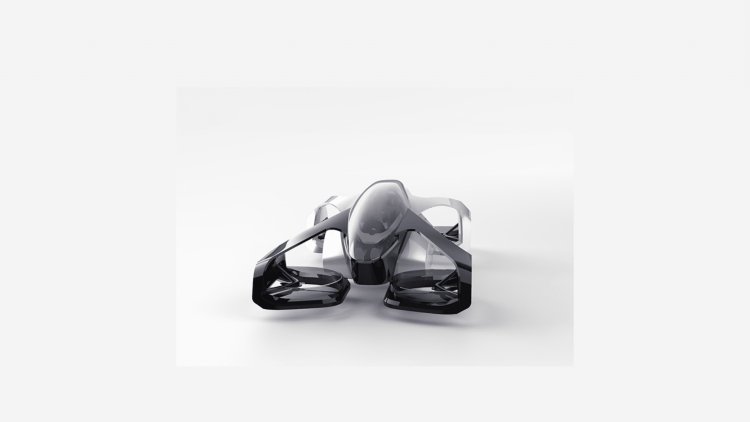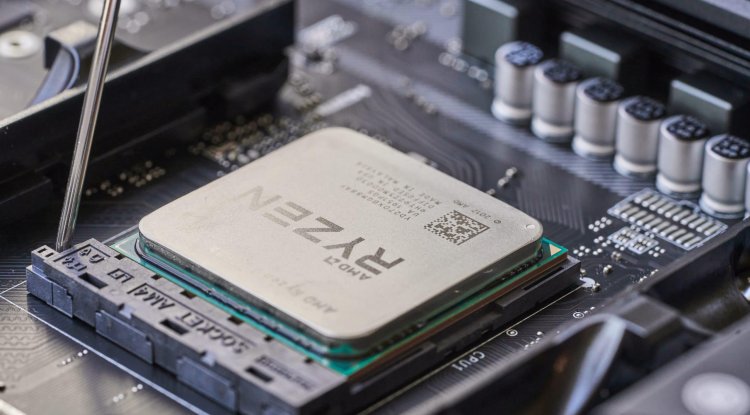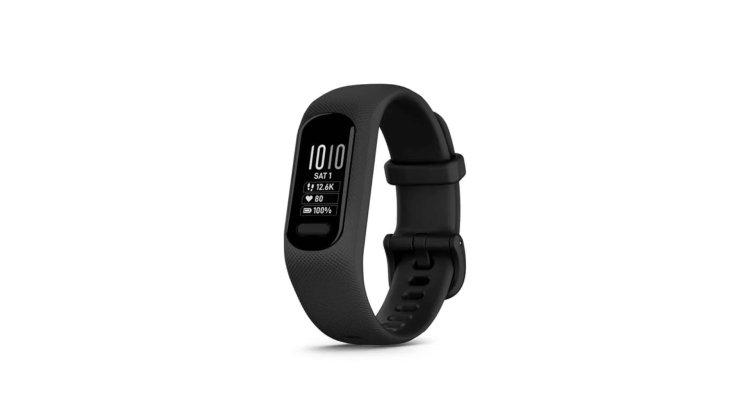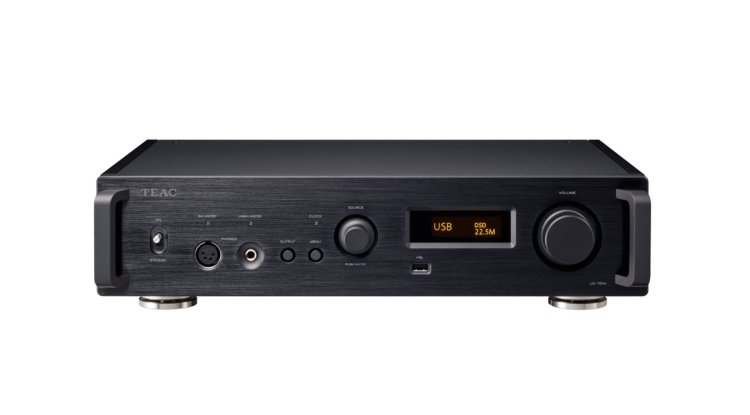Suzuki and SkyDrive will build an flying car

Japan's eVTOL-based SkyDrive has announced that it has partnered with Suzuki as it works to develop and fully manufacture a "compact, two-seater power-powered flying car" that is set to premiere at the World Expo in Osaka in 2025.
Although Suzuki specializes in the automotive, motorcycle, ATV, boat, and engine industries, it is a larger company than it might seem, with a revenue of nearly $ 29 billion in 2020.
Although in 2017 it was the 11th largest car manufacturer, the transition to electric propulsion is slow. Suzuki's first purely electric consumer car is not expected until 2025.
SkyDrive has so far focused on the concept of small single-seater multicopters. The SD-XX conceptual model from SkyDrive has a tandem two-seater design. It is an 8-propeller coaxial multi-copter with a glass cabin.
Its maximum take-off weight is 500 kg, maximum flight altitude is 500 m, it can fly at a maximum speed of 100 km / h for 20 to 30 minutes.
It will probably fit into the "flying car" category, as it also offers a driving mode. It rests on the ground on three wheels - two next to each other under the cab and the third behind the cab. SkyDrive says it plans a maximum speed of 60 km / h with a range of 20 to 30 km.
And while SkyDrive partners certainly have a lot of experience certifying cars that can be registered on the road, the decision to build a dual-mode vehicle will greatly increase costs, weight, and overhead in addition to the already challenging task of obtaining commercial certification.
DJI has demonstrated autonomous patrol drones that can charge themselves
At a recent DJI Enterprise event, DJ manufacturer DJI launched the all-new DJI M30 and M30T drones, as well as DJI Dock, an autonomous docking station for new equipment that offers completely new possibilities.
The DJI Dock is essentially an autonomous take-off, landing, and charging station that allows fully automatic programmed flights with the DJI M30 series (dock version). This broadens the horizons for automated remote monitoring and control.
Once set up, a fully charged M30 drone can take off into the sky from the DJI dock and perform automatic missions programmed via FlightHub 2 anywhere within a radius of 7 km.
For example, a drone may geotag specific sites of interest and then communicate this information to the operator on the ground. The DJI M30 series can do this thanks to its laser rangefinder and flight and geo-mapping capabilities via FlightHub 2 control software.
DJI Dock thus allows you to place such drones in different places around the world and automatically launch them to explore the area. Whether it's an oil field or a vast mountain range, the drone will collect data and videos and then share them with FlightHub 2, which can be controlled remotely.
It's a bit like Skynet. Imagine that you are on a hike and suddenly a drone arrives and starts patrolling the area. And if you accidentally break your leg, a drone can be your only chance, as it can alert you to your incident and location.





























